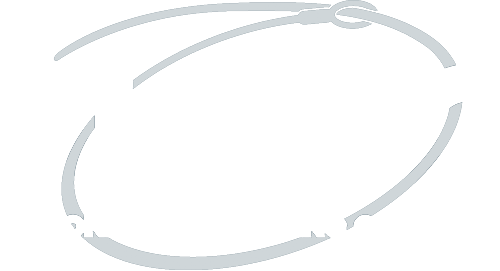Two snaring and trapping reports due shorty
NASC can reveal that two major snaring and trapping reports, one by the EU Commission and one funded by DEFRA are due to be published shortly.
1. Agreement on International Humane Trapping Standards
The EU Commission is discussing with Member States implementation of an Agreement on International Humane Trapping Standards. This will set new standards for the approval and use of traps for wildlife management in Europe. Following the European Parliament’s rejection of the commission’s proposed Directive of 2004, the commission initiated a study to look at whether the proposed trapping standards were still justified by the latest scientific evidence. The Commission received the final report in March 2010 and is currently examining it. The report should be publicly available sometime in or soon after 2011.
2. Determining the Extent of Use and Humaneness of Snares in England and Wales
Officials have advised us (24th November, 2011) that the report of this DEFRA funded research project is being finalised. They are committed to publishing a full report and expect to publish it this year, but there is still as yet no date when this will be. The National Anti-Snaring Campaign has questioned the methodology and lack of objectivity because of the involvement of the Game and Wildlife Conservation Trust. We will know whether our concerns are justified when the report is published.
Official Project Description
This project aims to identify the scale of use of snares within England and Wales and the welfare impact of routine use.
The potential for snares to cause serious injury has been established. Their continued use is allowed, based on the belief that they are an essential tool needed for pest control. Previous investigations into snare use (targeting supporters of snaring) can be criticised for being neither independent nor representative of the countryside as a whole. This project will use a survey protocol that cannot be criticised on these grounds (NASC comment: does this look committee appear independent?). The survey will firstly quantify the extent of snare use across randomly picked samples of land holdings, in each of four broad categories of rural land-use. Further questions will then be addressed to the relevant persons carrying out this snaring, to establish the scale and seasonality of use.
Although snares have the potential to cause serious injury, the occurrence of such injuries during routine use has not been assessed. This project will use a combination of physical injury and behavioural indicators to assess the humaneness of rabbit and fox snares, used according to the Code of Best Practice. By a similar approach, a comparison will be made between snares with and without `stops` which prevent closure beyond a certain diameter (both kinds of snare are legal).
In summary, the project will:
1. Determine the scale of use of snares in England and Wales.
2. Determine the impact of the introduction of the Code of Best Practice and compliance with statutory legislation.
3. Evaluate the humaneness of snares used according to Code of Best Practice.
4. Determine the importance of stopped snares and inspection times in relation to humaneness.
Objective
1. By telephone survey, randomly stratified across 4 broad land-use classes, to establish the extent of use of fox snares and rabbit snares within England and Wales, the circumstances in which the snares are used, and the extent of awareness of the Defra Code of Practice.
2. By ground-truthing approximately 30% of snare users identified in (1), to determine the degree of compliance with statutory requirements and with the Defra Code of Practice.
3. To determine the consequences of key recommendations of the Code of Practice for the welfare of animals held captive in snares, using the rabbit as a model species in pen trials.
4. To evaluate the humaneness of use of fox and rabbit snares under best practice conditions, particularly with respect to the Agreement on International Humane Trapping Standards
5. Through a combination of (1)-(4), estimate the total welfare and ecological impacts of the use of snares on target and non-target species.
6. Report on the voluntary uptake of the Code of Practice, and make recommendations for its revision if appropriate.
The research will be undertaken by the Central Science Laboratory (lead contractor) and the Game and Wildlife Conservation Trust.
Time-Scale and Cost
From: 2008
To: 2009
Cost: £208,230
Contractor / Funded Organisations: Central Science Laboratory, The Game & Wildlife Conservation Trust
